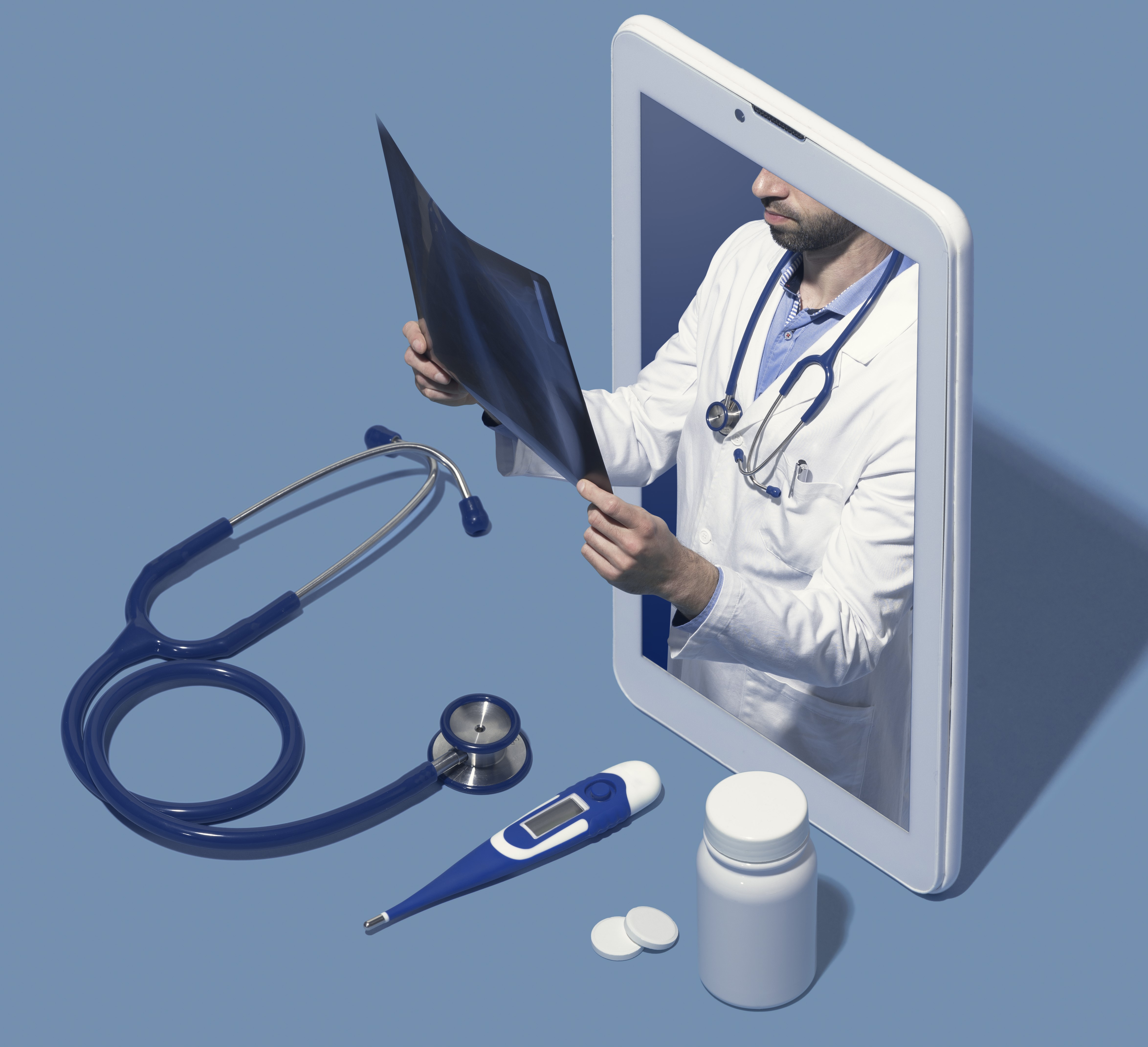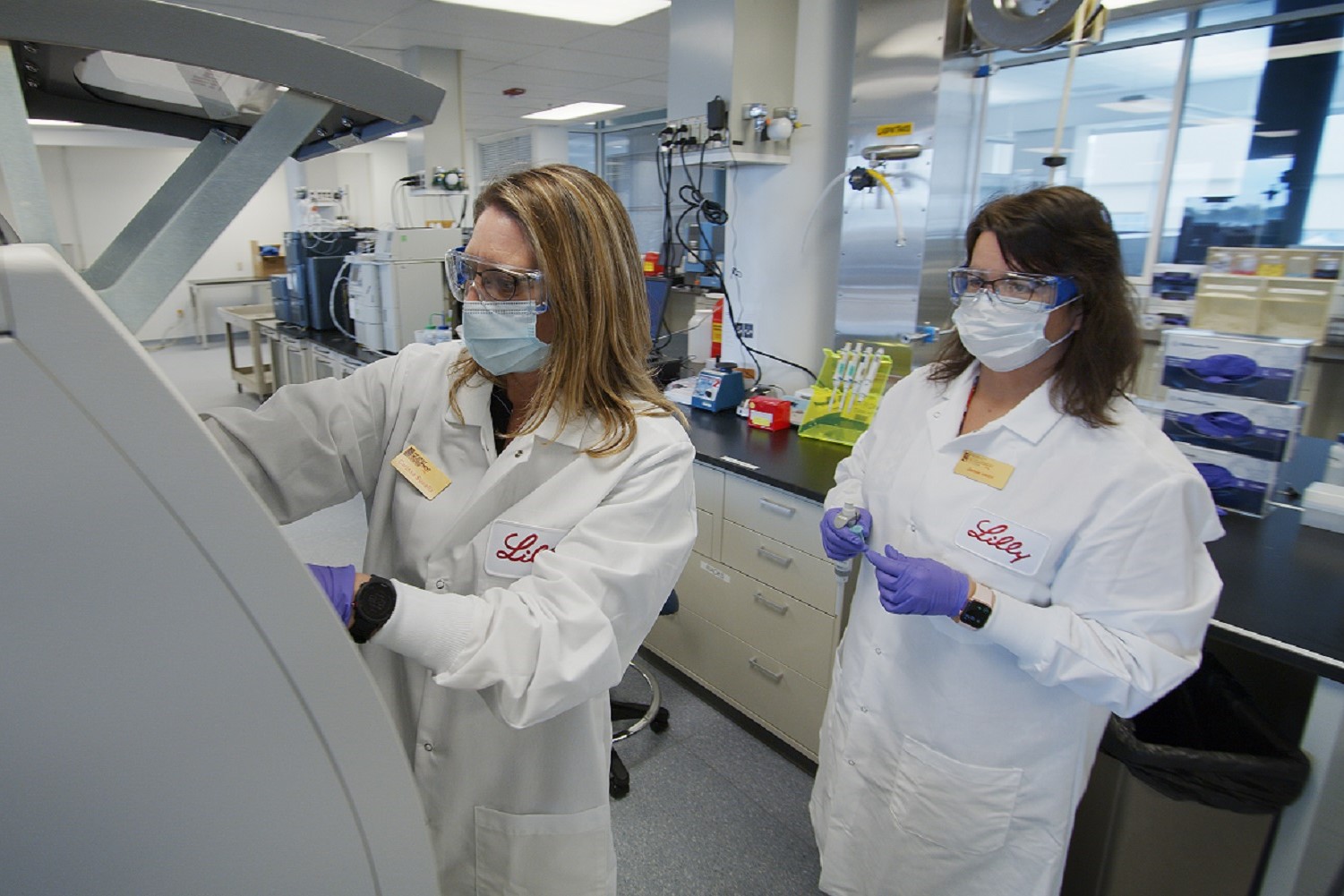After taking his last company through the commercialization phase, Gary Smith has returned with a new company to where he feels most comfortable — the beginning.
In January, Smith left the top spot at skin biopsy device company CleveX to join IR Diagnostyx, a Columbus-based blood diagnostics startup built on technology pioneered at Ohio State University. Smith stressed that his departure from CleveX was friendly, and he worked several months alongside the company’s new CEO to ensure a smooth transition.
Smith simply prefers the challenges that come with being at the helm of an early stage company — namely securing funding and charting strategy. Year-old IR Diagnostyx, whose business plan was hatched by two former Ohio State MBA students and current employees, is likely to provide ample opportunity for that.

With the Rise of AI, What IP Disputes in Healthcare Are Likely to Emerge?
Munck Wilson Mandala Partner Greg Howison shared his perspective on some of the legal ramifications around AI, IP, connected devices and the data they generate, in response to emailed questions.
“They’ve made great progress, considering this started as a class project,” said Michael Camp, academic director of OSU’s Center for Entrepreneurship. Camp also works as an advisor to IR Diagnostyx.
The startup, which has so far raised about $300,000 from state-funded incubator TechColumbus, is focusing on four difficult-to-diagnosis diseases, though at this early stage, it’ll concentrate on just one: interstitial cystitis (also known as painful bladder syndrome.)
Painful bladder syndrome is a chronic condition that affects about 1 million Americans, primarily women. It’s difficult to diagnose because its symptoms — frequent urination and lower-abdominal pain — resemble those of many other conditions, such as cancer or sexually transmitted disease. Current methods of diagnosis include pelvic exams and urine tests, but it’s not uncommon for patients to suffer through years of symptoms before the condition is properly diagnosed, according to Smith.
IR Diagnostyx’ technology for detecting the disease involves a blood sample, infrared microspectroscopy and a proprietary algorithm. It leads to a cheaper and faster diagnosis, according to Smith. “With this test, you get to an answer more quickly and reduce the patient’s stress,” he said.
So far, the company has performed the test on about 100 patients with “very encouraging results,” Smith said. Among the company’s next key steps is a dialogue with Food and Drug Administration officials to determine what sort of data and how large of a patient sample the agency would require to decide whether the test is ready for commercial sales.
FDA approval of medical devices typically involves a process known as 510(k), in which a company must show that its device is similar to a “predicate” device that’s already on the market. However, since there’s no predicate device similar to IR Diagnostyx’, the company must go through an FDA approval process known as “De Novo,” which is designed to speed up the approval time for devices that aren’t similar to products on the market but are judged to be low-risk.
Smith brushed off concerns about the De Novo process, saying it’s not “onerous” to the company, just a different way of going through the FDA. While FDA approval represents the most significant challenge for the company, IR Diagnostyx likely will need some outside funding to begin selling and marketing its test, once and if) the product receives federal clearance.
“This will be a several-year build out, with several million dollars required to launch it,” Camp said.
Smith and his team are still researching how much cash it’ll take, but his experience building CleveX — and helping it raise $6 million in capital — will undoubtedly increase investors’ confidence that he can take another company from startup to the market. And a few years after that, it may be on to the next challenge for Smith.














